
New York Political Leaders Showed Americans Were Ready for End to Public Boxing Lockdowns
One hundred years ago — May 24, 1920 to be exact — New York governor Al Smith overcame a month of hesitancy to legalize boxing in the state. The decision by the former Manhattan sheriff triggered a journey that continues to impact sports reform and oversight nationwide.
Known as the Walker Law, and aimed at professional boxing, the decree is one of many that has been addressed aboard New York Sports Tours ‘ immersive three-hour sports history minibus tour that incorporates and passes more than 70 Manhattan locations from sports history. The luxury experience, a discovery of how New York sports has helped shape culture and society in the city, state, nation and world, is on hold until group outings are reauthorized by the state.

The Walker Law, championed by Democratic state senator James J. (Jimmy) Walker, returned boxing to New York after a three-year lockdown, and gained the cheerful Manhattan native and former songwriter a medley of fans.
Boxing had been confined to no-decision matches attended by members of private clubs. The sport was shuttered elsewhere in the state because of raised concerns over many of boxing’s controversial elements. Unregulated gambling, which sometimes resulted in fixed matches, was one.
Today, the sports industry is seeing more regulation outgrowth from the Walker Law, from the New York State Athletic Commission that the law created, and from the New York State Racing and Wagering Board. The board has taken many leads from the Walker Law in the regulation of horse racing and betting.
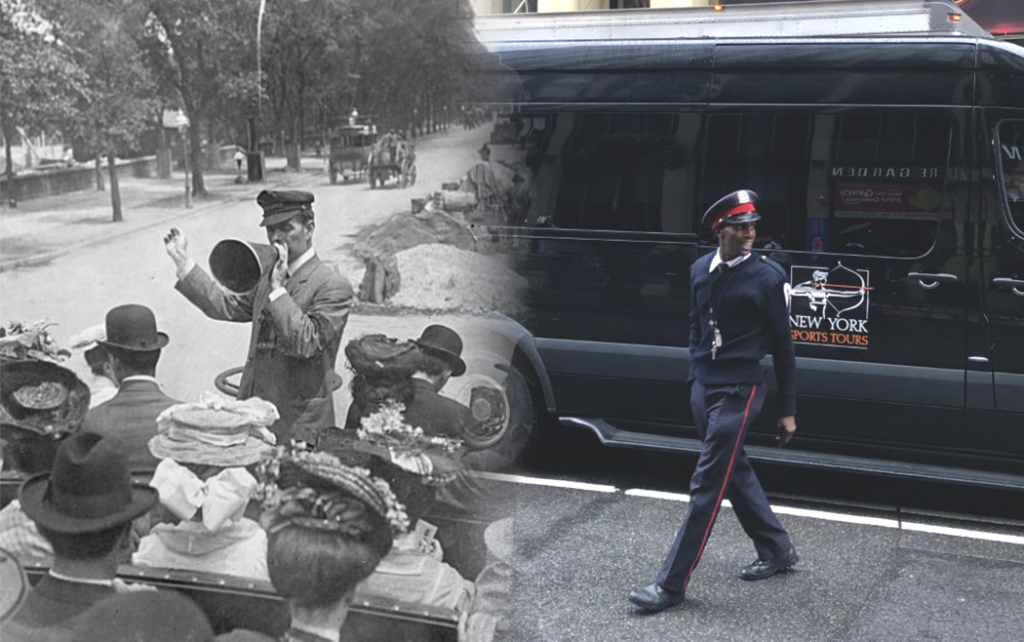
A host of current reform plans have been prompted by the growth of the Ultimate Fighting Championship and other combat sports leagues, and by deals struck between professional sports leagues and such online bookmakers as DraftKings and New York City-based Fan Duel. A 2018 Supreme Court decision lifted a ban on state commercial sports betting.
Before his 1920 legislation could be realized, Senator Walker needed to persuade the governor that the controversial side of boxing would not hinder Smith’s political standing. Matches ending in boxers’ deaths and other moral dilemmas were among the reasons the sport was outlawed.
Walker recognized the hurdles, but was keenly aware that sports can pack a solid punch for political gain. Indeed, he saw his popularity escalate starting in 1919 after he successfully campaigned for professional baseball to be regularly played on Sundays.
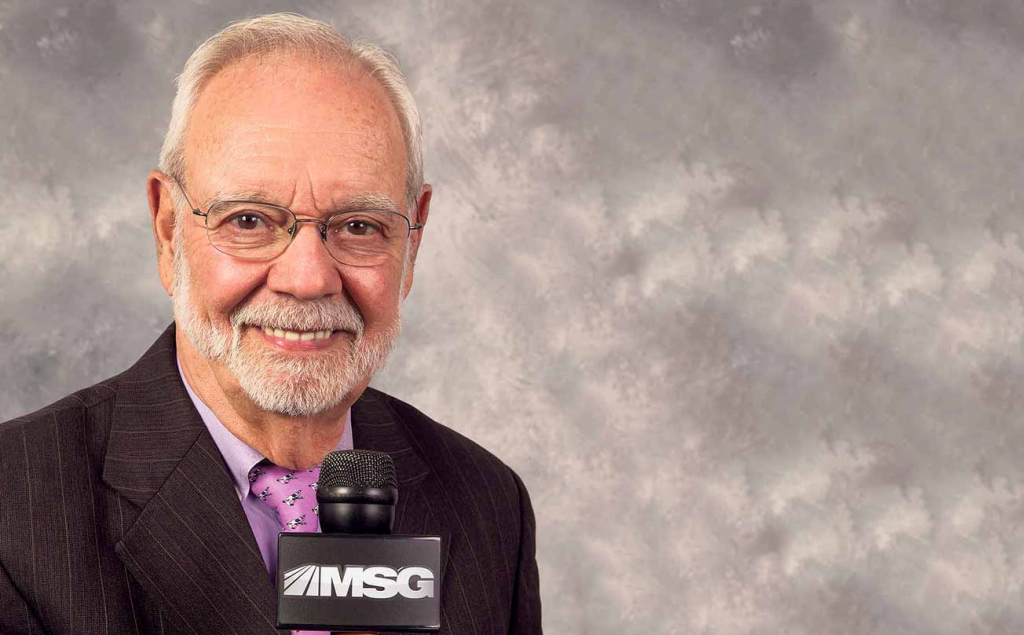
Perhaps a virus outbreak helped Walker’s timing. The previous year, New York had finally shaken a two-year pandemic known as the Spanish flu that would take the lives of more than 25,000 in New York City alone. After Walker’s boxing legislation passed the state Assembly by a 91-46 vote in April 1920, United Press sports editor Henry Farrell started a story about the news, “New York is going to give boxing a chance of its life and the whole country is watching the experiment.”
Fellow Lower Manhattan natives Walker and Smith agreed that if signed, the boxing bill would deliver a series of controls. The Walker Law would include a cap on the number of rounds in a single bout to 15; erasure of the former practice of the referee deciding match outcomes, granting that authority to boxing judges; a structure for weight divisions; ringside doctors; and licensing of boxing participants. All would be controlled by a new state commission.
Those who participated in the staging of bouts would need to secure licenses — boxers, sparring partners, trainers, managers, promoters and others, even ring announcers. The boxing commission would also have the power to revoke any of the licenses it issued.
A hidebound Democrat and the state’s first Roman Catholic governor, Smith was still dubious. He wanted strong Protestant support in New York and for his national political desires, but was concerned that Protestant leaders’ enforcement of moral standards may not align with prizefighting.
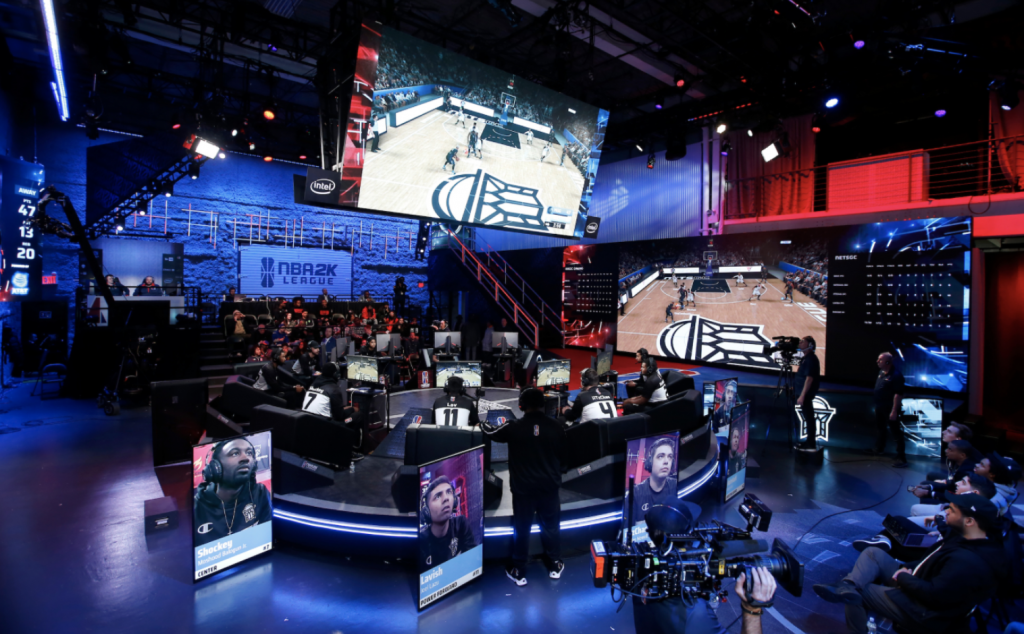
At the time, there was a wide belief that the core of the state’s boxing fans and most of New York’s top fighters were of Catholic and Jewish upbringing. Boxing’s two most popular New York natives, future world heavyweight champion Gene Tunney and world lightweight champion Benny Leonard, were Catholic and Jewish, respectively. The heavyweight champion was Jack Dempsey, an American raised in a Mormon family.
Although boxing was outlawed in most states, Walker stressed that the local stars were heading to New Jersey for paydays and that the Walker Law would deliver New York five percent of the boxing gate receipts. Like Tunney, Walker was raised in Greenwich Village. Like Leonard, Smith was from the Lower East Side.
Smith was not new to boxing. After he left high school to earn money for his family, one of his first jobs was taking the prizefight results off of ticker tape — including one of the major fights of the 19th century, a win in 1892 by John L. Sullivan over Smith idol James J. (Gentleman Jim) Corbett — then announcing them to interested parties in Lower Manhattan.

Walker, too, had fight gigs. One was as an usher at boxing matches at Avonia Athletic Club in Greenwich Village, two blocks from his 9 St. Luke’s Place home. Another was as a fight referee at a liquor establishment around the corner from the residence.
Despite some pushback from the Protestant community, Smith had confidently signed Walker’s 1919 Sunday baseball bill into law. However, after the senator’s boxing bill passed the state senate, the governor told Walker of the Protestant conundrum. Smith added that he was planning to veto the bill, unless Walker could show in less than a week that at least 100 Protestant leaders supported the legislation.
Walker had a playbook ready. He called on Anthony Joseph Drexel Biddle Jr., a member of an affluent Protestant family in Philadelphia. The two men had worked together to craft the boxing bill, with injection of a lot of rules and regulations being used in England.
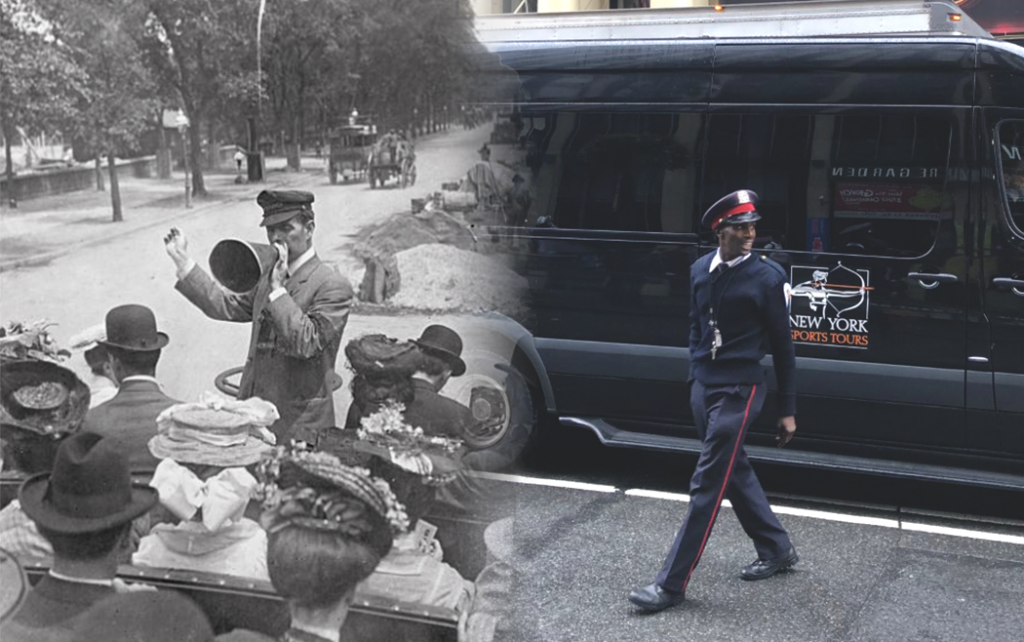
Biddle, 22, was a boxing enthusiast who had sparred with Sullivan and Tunney when the two professionals were serving in the Marines during World War I. Walker knew that Biddle was the founder of Biddle Bible Classes, a national program with many chapters and hundreds of clergymen members. Biddle had recently donated around $500,000 to the program.
When Walker asked Biddle what he could do, Biddle responded, “Just relax.” Biddle reached the New York office of the bible group and asked them to contact the associations’ many chapters. Before Smith’s deadline, the governor had received communications from more than 600 Protestant ministers in support of the governor signing the Walker bill.
Smith kept his promise to sign the bill, but noted that he would seek repeal if the sport was not kept clean. Smith activated the New York State Boxing Commission that August and the first authorized fight was at Madison Square Garden in September. Within five months, the gate total at the Garden was more than $1 million. The success would save the Garden, which had been saddled with debt. The fights’ promoter, Tex Rickard, would build the third Madison Square Garden uptown within five years and start the Madison Square Garden Corporation.

Less than two months after the Garden’s first Walker Law fight, Governor Smith lost his reelection bid. Speculation spread through the boxing community that Republican winner Nathan Miller would put the brakes on the Walker Law. Two days after the election, Miller stated of the law, “‘I prefer to withhold comments until I have examined carefully the provisions.”
In reaction, The New York Herald gave boxing fans hope. “Those in touch with the Governor-elect picture him as a friend of sports and they say that he will not interfere while it is run in a clean matter,” the Herald reported. “Not very long ago Judge Miller was a clever baseball player and every chance he gets now he takes in the big league games. The Governor-elects’s six daughters are all keenly interested in athletics, the oldest ones being especially so in horseback riding, golf, tennis and swimming.”
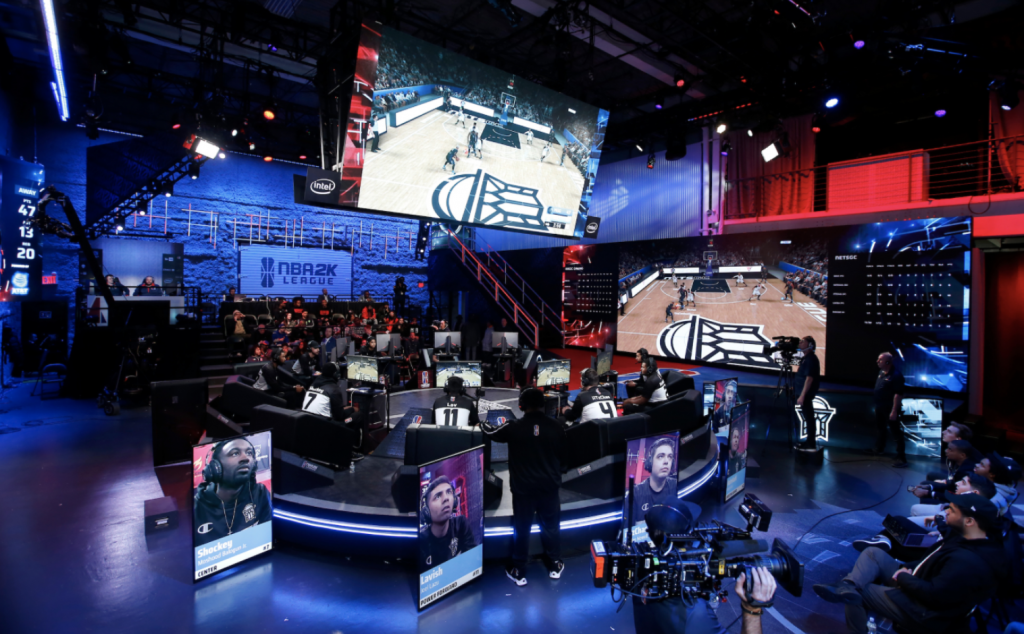
The law continued with Miller’s support and boxing blossomed. The Walker Law proved a net win for the state, as New York’s take from boxing licenses and taxes in the first three months of legalized bouts surpassed the annul budget appropriation for the commission.
In December 1920, under the headline Taxes Make Boxing Choice Investment for Several States, the Chicago Tribune ‘s sports section praised the Walker Law rollout and added that in New York, “the sport has paid as taxes into the state treasury and amount in the neighborhood of $75,000… Just think what boxing could accomplish for this state in the way of taxes… for the crippled soldiers of the state, the school children…” In 1925, boxing legislation passed in Illinois, with a state boxing commission formed to regulate the sport.
The same year, Walker was the first non-boxer to grace the cover of New York City’s The Ring , the nation’s leading boxing publication. The cover of the November issue further brightened Walker’s sports halo. That month, he was elected the city’s 100th mayor.

Boxing kept growing, and bringing more tax dollars to New York and other states that took the lead of the Walker Law. The new Madison Square Garden arena was opened in 1925 and became the world’s boxing mecca. Other city venues became boxing magnets, including the Bronx’s Yankee Stadium from its start in 1923.
Also in 1923, Smith started a comeback after he became governor for the second time. Five years later, the Democrat become the first Roman Catholic selected as the presidential candidate for a major political party.
Dogged by corruption charges, Walker resigned his mayorship in 1932. However, his reputation as a sportsman continued to shine. By 1934, boxing was legal in every state. In January 1946, the New York Boxing Writers’ Association presented Walker with its Edward J. Neil Memorial Award as the person “who has done the most for boxing during the preceding year.” After his death in November 1946, the below clip from a news reel about Walker reminded viewers of the former politican’s sports life.
In 1947, the plot across the street from Walker’s boyhood home — a cemetery until the 1890s (most of the bodies remain buried there) — became the city’s James J. Walker Park, with the westernmost section now labeled the James J. Walker Park Athletic Field. In 1948, a plaque honoring Walker was added to the outfield wall of the Polo Grounds, the Manhattan site of many championship boxing matches and home to baseball’s New York (now San Francisco) Giants.
Walker’s advocacy for boxers’ rights is an underpinning of both the Walker Law and the acts the law inspired outside New York. Before the law, a common practice was for boxers and fight promoters to skirt illegal boxing by calling boxing matches exhibitions, self-defense classes, and the like. Some boxers had been charged with manslaughter when their opponents died as a result of the fight.
The Walker Law brought a modern structure to state-controlled sports and has helped shape greater federal oversight. Passed by the United States Congress in 2000, the Muhammad Ali Boxing Reform Act created a federal regulatory structure for the sport, with a nod to state commissions. Among other actions, the law outlaws a manager to simultaneously act as a fight promoter, and acknowledges, “State officials are the proper regulators of professional boxing events, and must protect the welfare of professional boxers and serve the public interest by closely supervising boxing activity in their jurisdiction.”

The 100-year-old Manhattan-based New York State Athletic Commission now regulates all combat sports, including boxing, mixed martial arts and professional wrestling. There is a raised focus on combat athletes’ health and safety, with input from the commission’s medical advisory board.
At the 1946 ceremony where Walker received his boxing writers’ award, the 64-year-old was introduced by former New York State Athletic Commission chairperson James A. Farley, who had gone on to become the United States’ postmaster general.
Proclaimed Farley, “No man in public life did more in his career to advance the cause of sport than Jimmy Walker.”
As a result of the novel coronavirus, New York Sports Tours tour experiences will return at a later date. Gift cards can now be purchased here , then used after the tours restart.